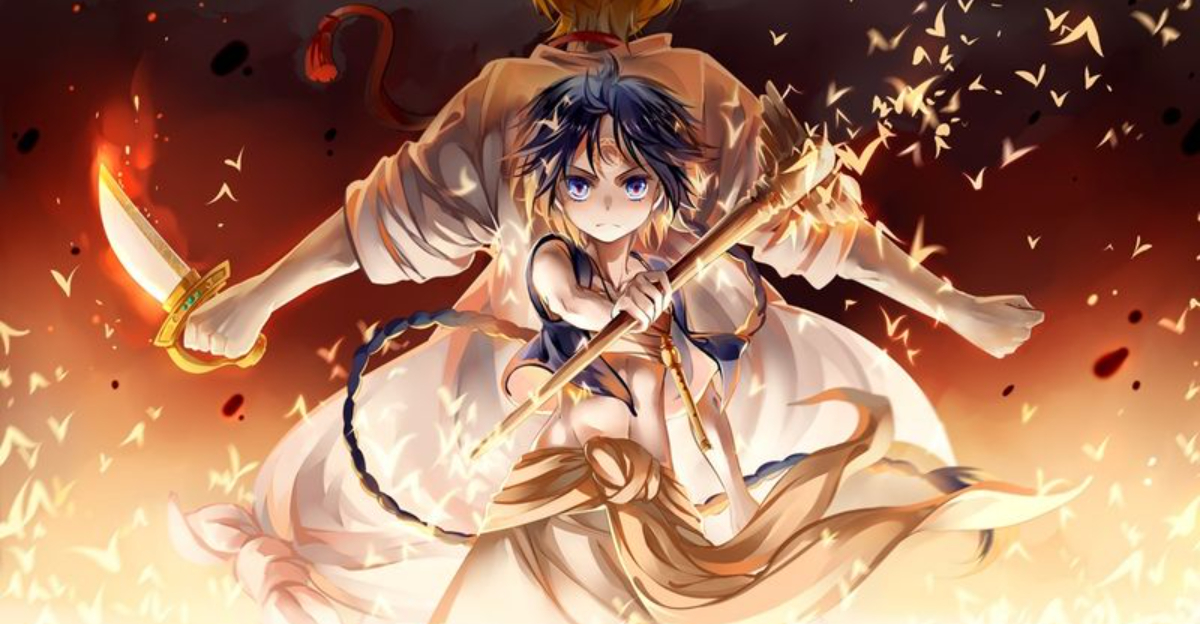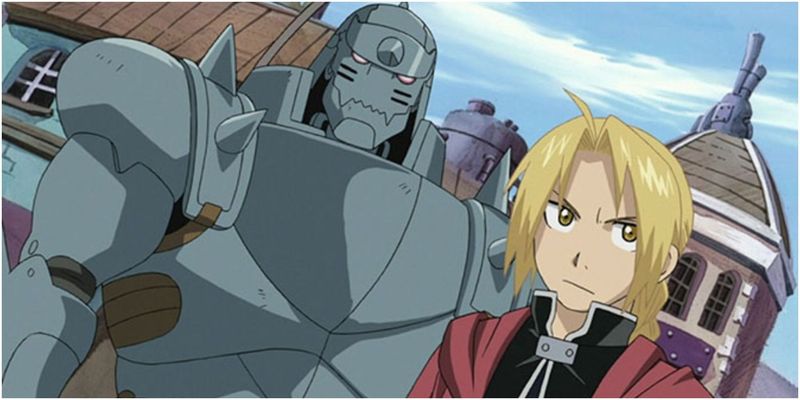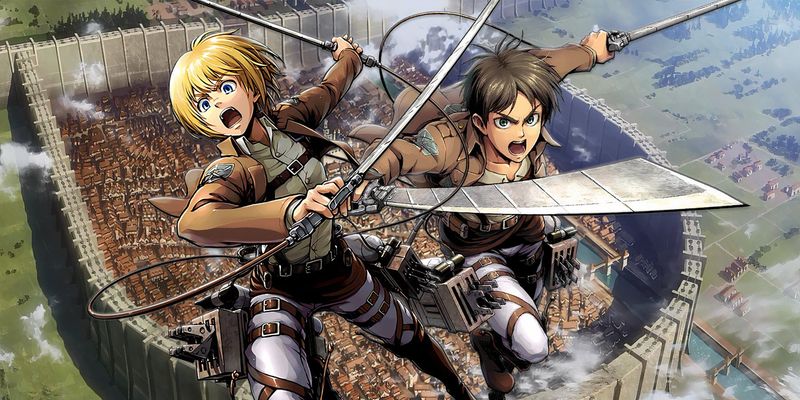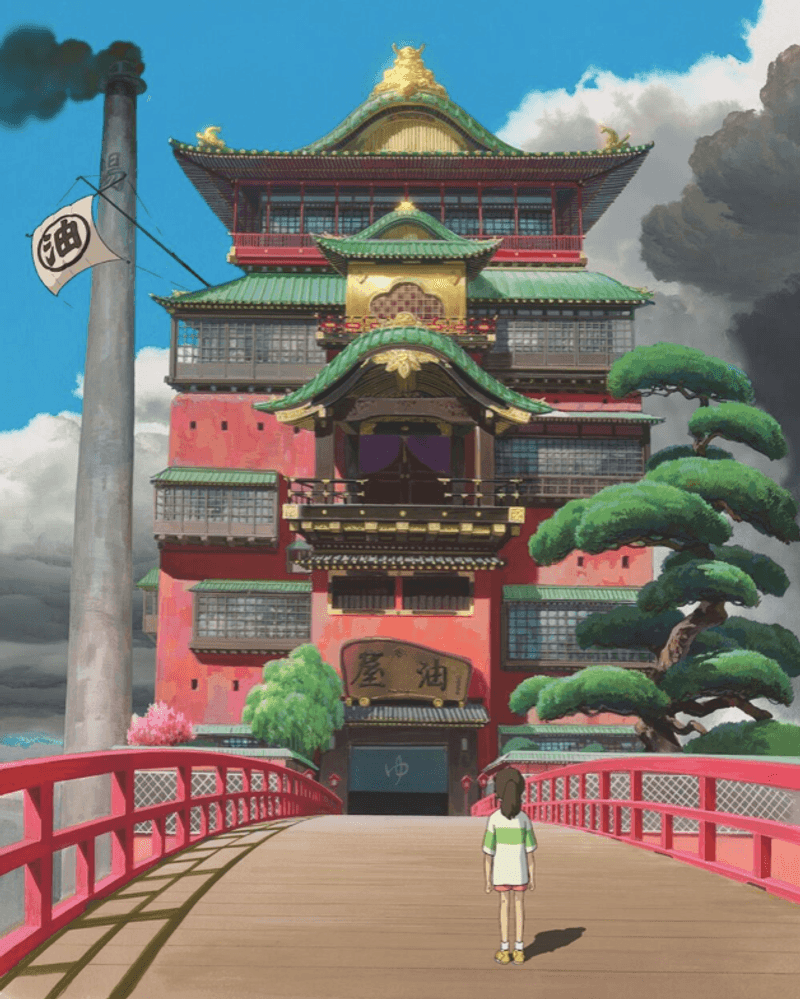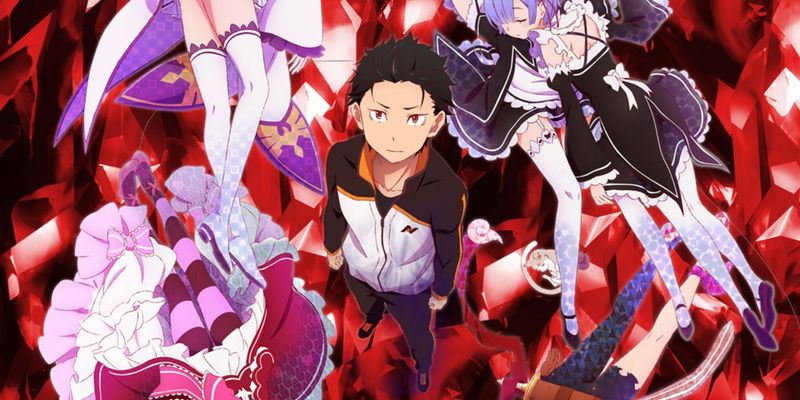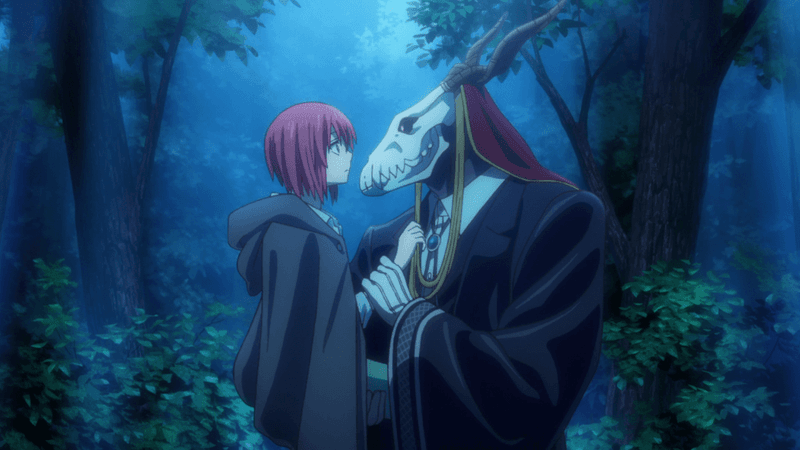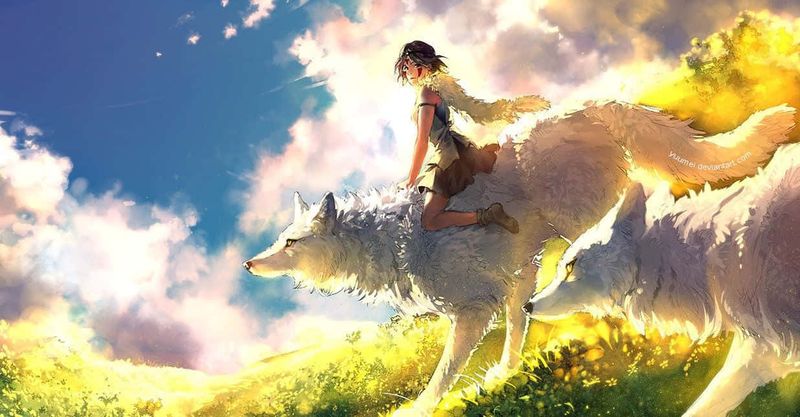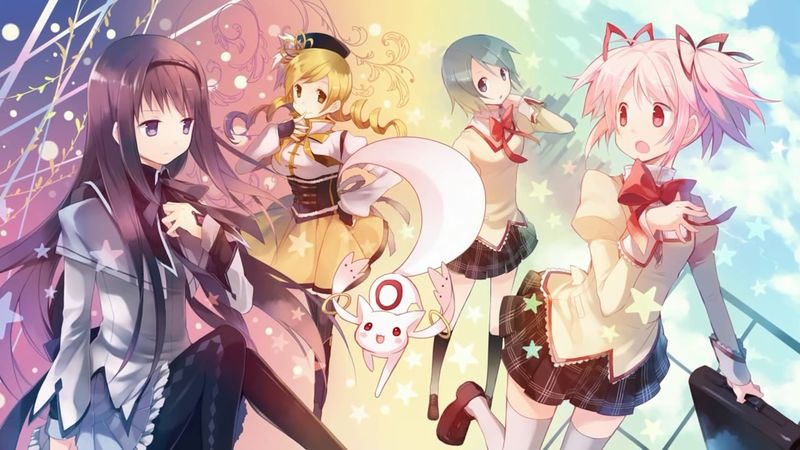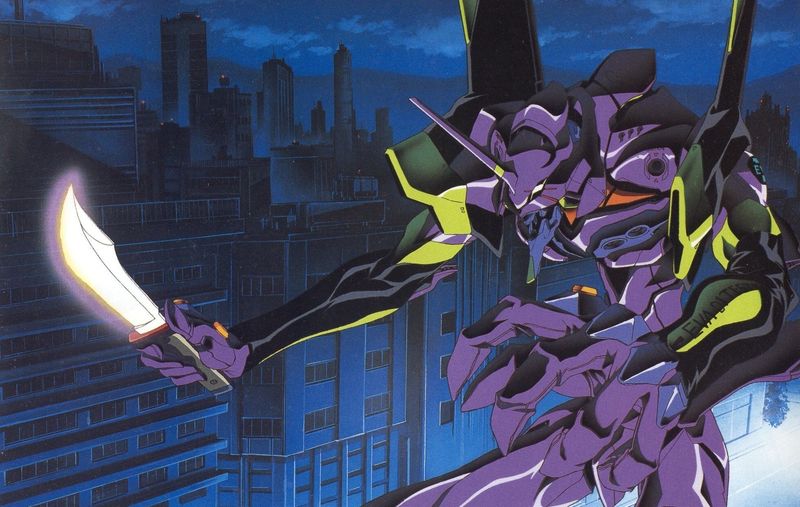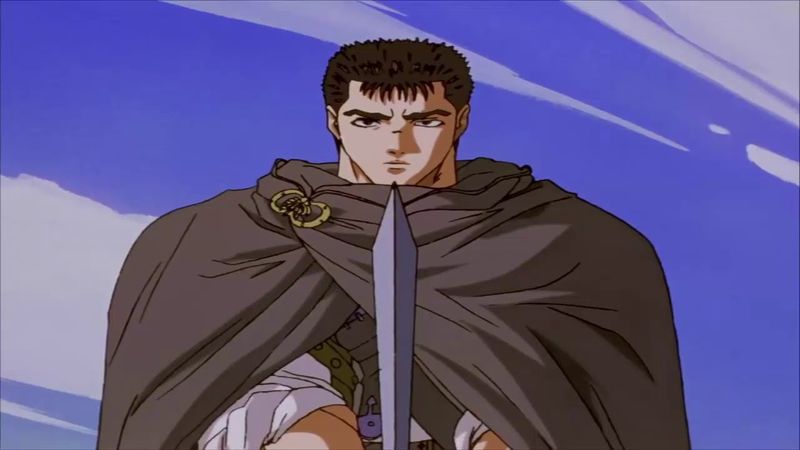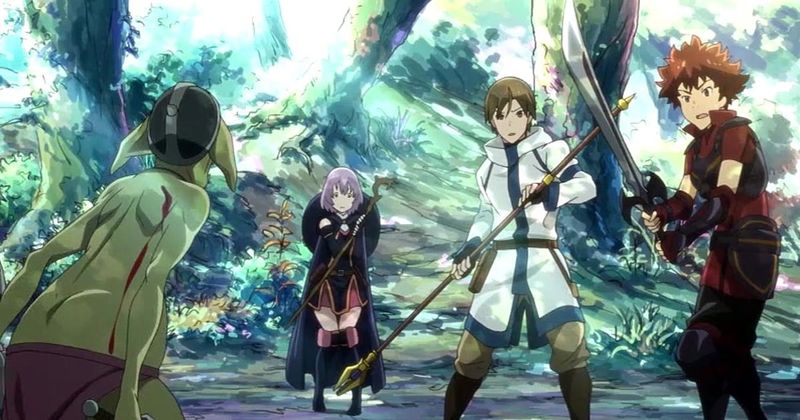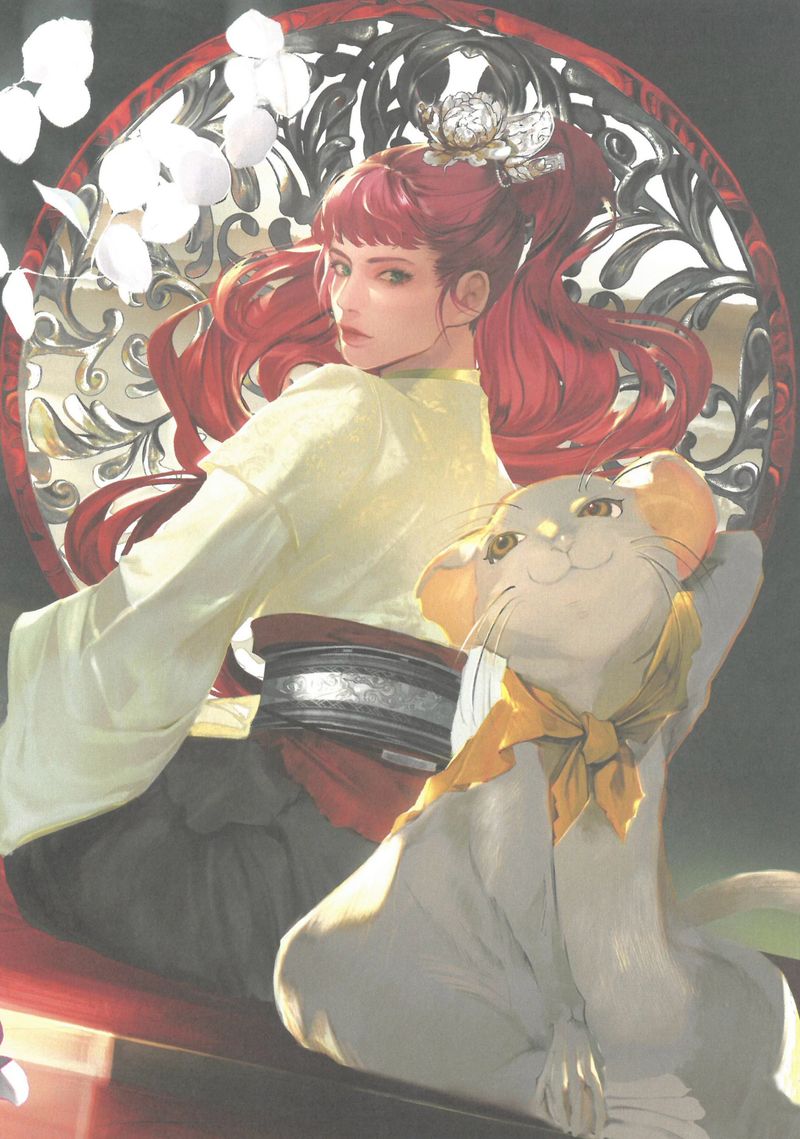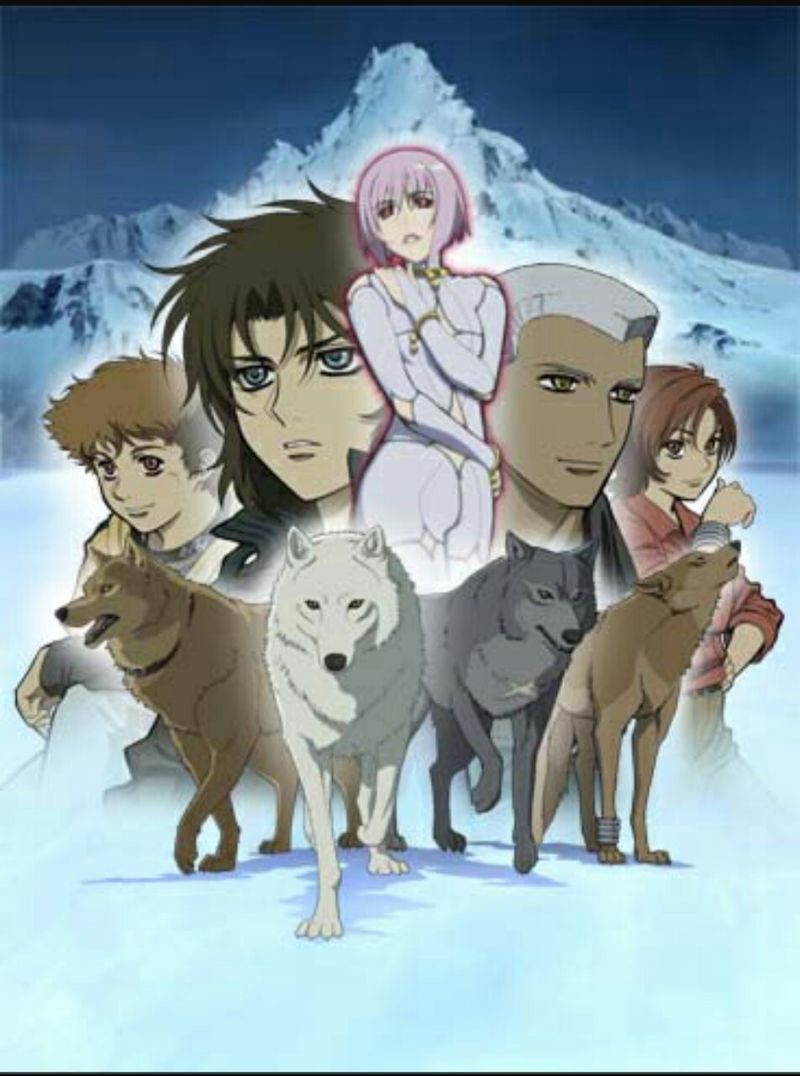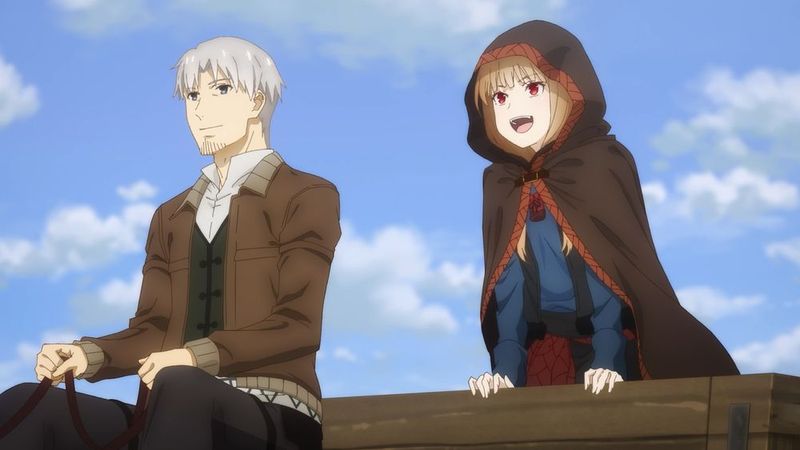Fantasy anime takes us to breathtaking worlds filled with magic, adventure, and unforgettable characters. These shows transport viewers beyond ordinary life into realms where anything is possible. From epic quests to magical schools, the fantasy genre offers something for everyone who dreams of escaping reality for a while.
1. Fullmetal Alchemist: Brotherhood
Brothers Edward and Alphonse Elric made a terrible mistake attempting to resurrect their mother through forbidden alchemy. Now Edward has metal limbs while Alphonse’s soul is bound to a suit of armor. Their journey to find the Philosopher’s Stone weaves through political conspiracies, homunculi villains, and moral dilemmas about equivalent exchange. The series masterfully balances humor with heartbreak. What makes this show extraordinary is how it tackles complex themes like war, genocide, and human experimentation while remaining accessible. No fantasy anime list is complete without this perfectly executed story of redemption and brotherhood.
2. Attack on Titan
Humanity cowers behind massive walls, the last defense against man-eating Titans that roam outside. When the wall is breached, young Eren Yeager watches in horror as his mother is devoured, vowing revenge against these monstrous beings. The series transforms from a straightforward monster-slaying adventure into a complex political thriller with shocking revelations. Characters you grow to love face impossible choices and devastating consequences. Director Tetsurō Araki crafts breathtaking action sequences using ODM gear—devices allowing soldiers to swing through cities like deadly spiders. Few anime match the visceral intensity and philosophical depth packed into this dark fantasy masterpiece.
3. Spirited Away
Ten-year-old Chihiro stumbles into a magical bathhouse where spirits come to relax and rejuvenate. When her parents are transformed into pigs, she must navigate this strange realm to save them and find her way home. Studio Ghibli’s masterpiece captivates with its stunning hand-drawn animation and dreamlike atmosphere. The bathhouse brims with bizarre spirits—from soot sprites to a radish spirit—each uniquely designed and memorable. Director Hayao Miyazaki crafts a coming-of-age story about courage, identity, and environmentalism without ever feeling preachy. The film’s gorgeous score by Joe Hisaishi perfectly complements this enchanting journey that’s captivated audiences worldwide since 2001.
4. Made in Abyss
Beneath the quaint town of Orth lies a massive pit descending into Earth’s depths. Young orphan Riko dreams of following her mother’s footsteps as a legendary Cave Raider exploring the Abyss. Don’t let the cute character designs fool you. This series delivers gut-wrenching horror and emotional devastation as Riko and her robot friend Reg venture deeper where the mysterious “Curse of the Abyss” inflicts increasingly terrible suffering on those who try to ascend. Kevin Penkin’s hauntingly beautiful soundtrack elevates already stunning visuals depicting alien landscapes and terrifying creatures. Few anime contrast innocence and brutality so effectively, creating a viewing experience that’s simultaneously magical and traumatizing.
5. Mushishi
Ginko, a white-haired wanderer with a cigarette perpetually dangling from his lips, travels through rural Japan studying mushi—primitive lifeforms existing between the natural and supernatural worlds. Each episode presents a new village, a new mystery, and a new manifestation of these ethereal creatures. Unlike most fantasy anime, Mushishi embraces quiet contemplation over bombastic action. The episodic stories often focus on ordinary people whose lives become entangled with these strange beings, resulting in hauntingly beautiful tales. Director Hiroshi Nagahama creates a meditative atmosphere through muted color palettes and ambient soundscapes. This series feels like a collection of folklore tales reimagined through a uniquely Japanese lens—mystical yet grounded in humanity.
6. Re:Zero − Starting Life in Another World
Subaru Natsuki is suddenly transported to a fantasy world, but with a horrifying twist—whenever he dies, he returns to a “save point” with memories intact. This time-loop ability sounds useful until you experience the psychological trauma of dying repeatedly in increasingly gruesome ways. The series brilliantly deconstructs isekai tropes by focusing on Subaru’s mental deterioration. Despite his knowledge advantage, he remains physically weak, forcing him to rely on strategy and relationships rather than power. What elevates Re:Zero is its unflinching portrayal of failure and depression. Watching Subaru break down after witnessing loved ones die repeatedly creates emotional impact rarely seen in fantasy anime. His growth from self-centered teenager to genuine hero feels earned through blood and tears.
7. The Ancient Magus’ Bride
Abandoned and sold at auction, Chise Hatori is purchased by Elias Ainsworth—a towering humanoid with an animal skull for a head. Rather than enslaving her, he makes her his apprentice and bride-to-be, introducing her to a hidden world of fae creatures and magic. The series weaves British folklore and Celtic mythology into a visually stunning tapestry. Ancient forests glow with fairy lights while dragons soar through stormy skies, all rendered in lush, watercolor-inspired animation. Beyond its supernatural elements, this is a story about healing from trauma. Chise slowly recovers from abuse and neglect through newfound connections with magical beings and fellow mages. Few fantasy anime balance wonder and melancholy so beautifully.
8. Mononoke Princess
Ashitaka, a young prince cursed by a demon boar, journeys west seeking a cure. He becomes entangled in a war between forest gods and a mining town led by Lady Eboshi, meeting San—a wild girl raised by wolves who fights to protect her forest home. Studio Ghibli creates a fantasy world steeped in Japanese folklore where ancient spirits take physical form as magnificent beasts. The Forest Spirit, a deer-like god who transforms into the nightwalker, remains one of animation’s most awe-inspiring creations. Unlike most environmental stories, there are no simple villains here. Lady Eboshi protects former prostitutes and lepers while destroying the forest, creating moral complexity rarely seen in animation. Miyazaki’s masterpiece reminds us that coexistence requires difficult compromises.
9. Puella Magi Madoka Magica
Middle schooler Madoka Kaname encounters a strange cat-like creature offering to grant any wish in exchange for becoming a magical girl who fights witches. Her friend Homura desperately tries to prevent her from accepting this seemingly wonderful opportunity. The series begins with cute character designs and pastel colors before violently subverting magical girl tropes. Director Akiyuki Shinbo employs surreal witch labyrinths using paper cutouts and twisted imagery that feels like animated nightmares. Composer Yuki Kajiura’s haunting soundtrack perfectly complements this psychological horror disguised as a magical girl show. The series explores sacrifice, hope, and cosmic despair with philosophical depth rarely attempted in anime. Its shocking third episode changed how viewers approach seemingly innocent magical girl shows forever.
10. Neon Genesis Evangelion
Fourteen-year-old Shinji Ikari is summoned by his estranged father to pilot a giant biomechanical robot called Evangelion against mysterious beings known as Angels. What begins as a typical mecha show evolves into a psychological deconstruction of its traumatized teenage pilots. Director Hideaki Anno creates a fantasy world blending religious symbolism, psychological theory, and apocalyptic imagery. The Angels appear as geometric abstractions rather than traditional monsters, making them genuinely alien and unsettling. The series’ experimental animation techniques—including still frames, text overlays, and surreal mindscapes—revolutionized anime storytelling. Its unflinching portrayal of depression, trauma, and existential dread resonates with viewers decades after its 1995 release, cementing its status as a fantasy masterpiece that transcends its genre.
11. Howl’s Moving Castle
Sophie, a young hatmaker cursed with an old woman’s body, finds refuge in a walking castle owned by the flamboyant wizard Howl. The castle itself defies physics—a patchwork structure of buildings, gears, and metal that roams the countryside on mechanical legs. Miyazaki crafts a powerful anti-war narrative beneath the romantic fantasy. The background conflict between kingdoms provides constant tension, with Howl secretly fighting against both sides while pretending to be selfish and vain. Joe Hisaishi’s sweeping orchestral score perfectly captures the film’s emotional range from whimsical to melancholic. The story celebrates finding beauty in aging and imperfection, making it resonate particularly with adult viewers who appreciate its nuanced take on conventional fantasy themes like curses and transformations.
12. Mushoku Tensei: Jobless Reincarnation
A 34-year-old unemployed shut-in dies in our world and reincarnates as Rudeus Greyrat in a medieval fantasy realm. Retaining his adult memories, he resolves to live his new life without regrets, using his knowledge to master magic from childhood. Studio Bind was created specifically to adapt this series, resulting in breathtaking animation quality. Magic battles feature fluid choreography and spectacular effects rarely seen in television anime. The world feels genuinely lived-in, with distinct cultures, languages, and magical systems. What separates Mushoku Tensei from similar shows is its unflinching portrayal of its protagonist’s flaws. Rudeus struggles with his previous life’s trauma and bad habits, making his gradual redemption feel earned rather than given. The series takes its time building relationships that evolve naturally over years.
13. Berserk (1997)
Lone swordsman Guts joins the Band of the Hawk mercenary group led by the charismatic Griffith, whose ambition knows no bounds. Their brotherhood forged in blood on medieval battlefields slowly unravels as Griffith’s dream of his own kingdom consumes him. Despite limited animation by modern standards, the 1997 adaptation captures Kentaro Miura’s dark fantasy world through atmospheric direction and haunting music. Battle scenes emphasize Guts’ raw strength as he swings his massive sword through armored knights. The series explores how trauma shapes people, with Guts’ childhood abuse and Casca’s struggles in a male-dominated world informing their complex relationship. Its infamous eclipse sequence stands as one of anime’s most disturbing and emotionally devastating conclusions, showing the horrifying consequences of unchecked ambition.
14. Violet Evergarden
Former child soldier Violet Evergarden struggles to reintegrate into society after a devastating war. Missing both arms, now replaced with mechanical prosthetics, she becomes an “Auto Memory Doll”—a letter writer helping people communicate their feelings. Kyoto Animation creates the most visually stunning television anime ever produced. Every frame could be a painting, with particular attention to light, color, and the smallest details like water reflections or fabric movement. Though set in a fantasy world resembling early 20th century Europe with steampunk elements, the series focuses on emotional journeys rather than grand adventures. Violet’s quest to understand the meaning of “I love you”—the last words from her commanding officer—leads her through stories of grief, longing, and healing that transcend its fantasy setting.
15. Grimgar: Ashes and Illusions
A group of strangers awakens in a fantasy world with no memories of their previous lives. Unlike typical isekai protagonists, they receive no special powers—just basic equipment and the need to earn money by hunting monsters. The series takes a realistic approach to fantasy combat. Killing even a single goblin requires coordinated teamwork and strategy, with consequences that weigh heavily on the characters’ consciences. When tragedy strikes, the group mourns realistically rather than quickly moving on. Watercolor-inspired backgrounds and a melancholy soundtrack create a contemplative atmosphere rarely seen in fantasy anime. Director Ryosuke Nakamura focuses on quiet moments—cooking meals, washing clothes, watching sunsets—giving equal importance to daily survival and emotional growth as to adventure.
16. The Twelve Kingdoms
High school student Youko Nakajima is suddenly transported to a world based on ancient Chinese mythology, where kingdoms are ruled by emperors chosen by divine kirin. Initially a fish out of water, Youko must survive political machinations and monster attacks while discovering her true destiny. Author Fuyumi Ono creates one of fantasy’s most detailed worlds, with complex systems governing everything from immortality to reincarnation. Each kingdom has distinct geography, customs, and problems, making the setting feel genuinely alive. Unlike most fantasy protagonists, Youko undergoes a believable transformation from selfish teenager to wise ruler. Her journey through poverty, slavery, and banditry gives her firsthand experience of her kingdom’s problems. The series respects viewers’ intelligence by exploring governance, economics, and social structures alongside magical adventures.
17. Moribito: Guardian of the Spirit
Balsa, a spear-wielding bodyguard in her thirties, accepts the task of protecting Prince Chagum, who carries a water spirit’s egg within him. Their journey through a fantasy world inspired by ancient Japan puts them at odds with both palace assassins and spirit hunters. Production I.G delivers some of anime’s most realistic and beautifully choreographed fight sequences. Balsa relies on skill rather than superhuman abilities, making each combat encounter genuinely tense and strategic. The series stands out for featuring an adult woman as protagonist—a rarity in fantasy anime. Balsa’s competence comes from years of experience rather than chosen one status. The relationship between her and Chagum evolves naturally from professional obligation to found family, showing how wounds from both their pasts begin to heal through their unexpected connection.
18. Wolf’s Rain
In a dying world covered in endless snow, wolves thought to be extinct survive by disguising themselves as humans. A small pack follows the scent of lunar flowers, believed to lead to paradise—the one place that might flourish as the world ends. Director Tensai Okamura creates a post-apocalyptic fantasy unlike any other. Crumbling cities, frozen wastelands, and ancient technology create a setting that feels simultaneously futuristic and primeval. Yoko Kanno’s hauntingly beautiful soundtrack perfectly captures the series’ themes of hope amid desolation. The wolves—Kiba, Tsume, Hige, and Toboe—each represent different responses to suffering, from idealism to cynicism. Their journey alongside the mysterious Flower Maiden Cheza becomes a meditation on extinction, rebirth, and what paradise means to different beings. Few anime endings are as emotionally devastating yet strangely hopeful.
19. Spice and Wolf
Medieval merchant Kraft Lawrence finds a naked wolf deity named Holo sleeping in his cart of wheat. She proposes traveling together as he trades between towns while she searches for her northern homeland. Rather than epic battles, this fantasy anime focuses on economics and trade. Episodes revolve around currency devaluation, market manipulation, and contract negotiations, somehow making these topics fascinating through Lawrence and Holo’s clever schemes. The heart of the series is the witty banter between the pragmatic merchant and the centuries-old wolf goddess who appears as a young woman with wolf ears and tail. Their slow-burning romance develops through intellectual sparring and mutual respect rather than dramatic declarations. The medieval European setting feels authentic, with attention to details of commerce, religion, and daily life.
20. Magi: The Labyrinth of Magic
Based on Arabian Nights folklore, Magi follows Aladdin, a mysterious boy with a magic flute that summons a giant blue djinn. He befriends Alibaba, a former prince working as a cart driver, and together they conquer magical dungeons filled with treasures and dangers. The series reimagines familiar characters like Sinbad and Scheherazade within an original fantasy world where dungeons—massive magical structures—appear mysteriously across the landscape. Those who conquer these labyrinths gain powerful djinn companions bound to metal vessels. Beyond its adventure elements, Magi explores complex political themes including colonialism, slavery, and class struggle. Different nations represent historical civilizations with distinct cultures and governance styles. The magic system based on rukh—the flow of life energy—allows for spectacular battles while maintaining consistent rules and limitations.
21. Land of the Lustrous
In a far future Earth, crystalline beings called Gems defend their land against Lunarians who seek to harvest them as decorations. Phosphophyllite, the youngest and most fragile Gem at 300 years old, searches for purpose while struggling with their brittle nature. Studio Orange creates groundbreaking 3D animation that perfectly suits the crystalline characters. Their gem-like hair and bodies reflect light in mesmerizing ways as they shatter and reform throughout the series. Fight scenes feature fluid camera movements impossible in traditional animation. The series explores profound themes of identity and transformation. As Phos loses parts of their body and receives replacements from other materials, their personality changes dramatically. This physical/mental evolution raises questions about personhood and memory that resonate long after watching. Buddhist concepts of impermanence and suffering underpin this uniquely beautiful fantasy.
